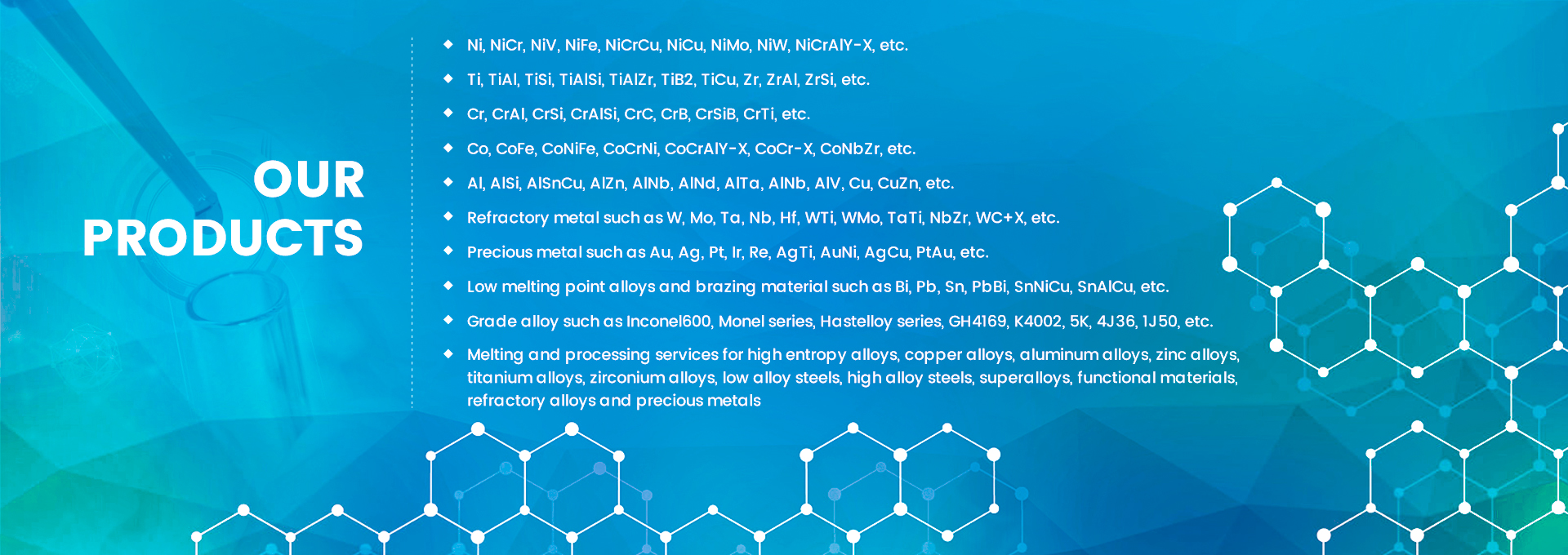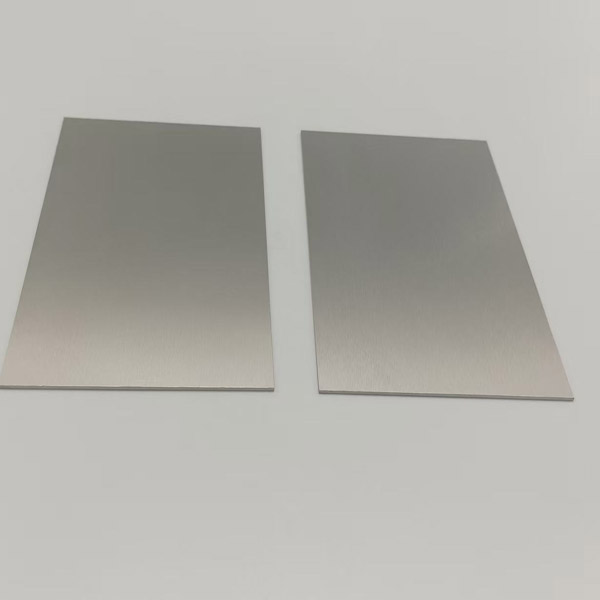In modern technology and industrial fields, the demand for high-performance coating materials is growing rapidly. The nickel molybdenum target has become an important choice in industries such as electronics, optics, and aerospace due to its unique physical and chemical properties. This article delves into the characteristics, applications, and production processes of nickel molybdenum targets, providing practical guidelines and common pitfalls to help you better understand and utilize this material.
What is a Nickel Molybdenum Target?
The nickel molybdenum target is an alloy material composed of nickel (Ni) and molybdenum (Mo), typically manufactured through powder metallurgy or smelting processes. It features a high melting point, high hardness, and excellent corrosion resistance, making it suitable for high-temperature and high-strength environments. For example, in semiconductor manufacturing, nickel molybdenum targets are often used to produce high-performance thin films.
What are the Core Characteristics of Nickel Molybdenum Targets?
1. High Melting Point and High-Temperature Stability
The addition of molybdenum significantly increases the alloy’s melting point, making it suitable for high-temperature environments. According to research, the melting point of nickel molybdenum targets can reach 1450°C (Source: Materials Science Journal, 2023).
2. High Hardness and Wear Resistance
Nickel molybdenum alloys exhibit extremely high hardness, making them ideal for wear-resistant applications such as surface coatings for tools and molds.
3. Corrosion Resistance
Nickel molybdenum targets demonstrate excellent corrosion resistance in acidic, alkaline, and oxidizing environments, extending the service life of equipment.
4. Electrical and Thermal Conductivity
Nickel molybdenum targets possess good electrical and thermal conductivity, making them suitable for electronic devices and thermal management applications.
Nickel Molybdenum Targets vs. Other Targets: A Comparative Analysis
|
Characteristics |
Nickel Molybdenum Target |
Nickel Chromium Target |
Titanium Aluminum Target |
| Melting Point | High (≈1450°C) | Medium (≈1400°C) | Medium (≈1600°C) |
| Hardness | High | Medium | High |
| Corrosion Resistance | Excellent | Good | Excellent |
| Electrical Conductivity | Good | Good | Medium |
| Cost | Medium-High | Medium | High |
What is the production process of Nickel Molybdenum Targets: A Step-by-Step Guide
1. Raw Material Selection
Choose high-purity nickel and molybdenum powders to ensure uniform composition.
2. Mixing and Pressing
Mix nickel and molybdenum powders in the desired ratio and shape them through cold or hot pressing.
3. Sintering
Sinter the pressed powders at high temperatures to bond the particles and increase density.
4. Heat Treatment
Optimize the alloy’s microstructure through heat treatment to enhance performance.
5. Precision Machining
Perform precision machining on the target to ensure a smooth surface and accurate dimensions.
the common composition ratios of nickel molybdenum targets along with their characteristics and applications:
|
Composition Ratio |
Nickel (Ni) Content |
Molybdenum (Mo) Content |
Characteristics |
Typical Applications |
| NiMo 80/20 | 80% | 20% | High conductivity, moderate hardness and corrosion resistance | Electronic device coatings, conductive coatings |
| NiMo 70/30 | 70% | 30% | Good conductivity, high hardness and wear resistance | Optical coatings, wear-resistant coatings |
| NiMo 60/40 | 60% | 40% | Excellent hardness and wear resistance, moderate conductivity | Tool and mold surface coatings |
| NiMo 50/50 | 50% | 50% | High hardness and wear resistance, low conductivity | High wear-resistant, high-strength industrial equipment coatings |
Notes:
Higher nickel content improves conductivity and thermal conductivity, making it suitable for electronic devices and conductive coatings.
Higher molybdenum content enhances hardness and wear resistance, making it ideal for high wear and high-temperature environments.
The ratio should be selected based on specific application requirements.
Summary
Common composition ratios of nickel molybdenum targets include NiMo 80/20, NiMo 70/30, NiMo 60/40, etc., which are suitable for fields such as electronics, optics, and industrial equipment. The appropriate ratio can be chosen based on different performance needs.
Common Misconceptions and Warnings
Note: Incorrect Composition Ratio
The performance of nickel molybdenum targets heavily depends on the composition ratio. For instance, insufficient molybdenum content can reduce hardness and corrosion resistance.
Note: Substandard Production Processes
If sintering or heat treatment processes are not up to standard, the target’s density and performance will be compromised.
Note: Mismatched Application Scenarios
Nickel molybdenum targets are not suitable for all scenarios; selection should be optimized based on specific requirements.
The nickel molybdenum target, with its high melting point, high hardness, and excellent corrosion resistance, has become an indispensable high-performance material in modern technology and industry. Through this article’s in-depth analysis and practical guidelines, we hope you can better understand and utilize this material, adding greater value to your projects.
Post time: Jun-03-2025






